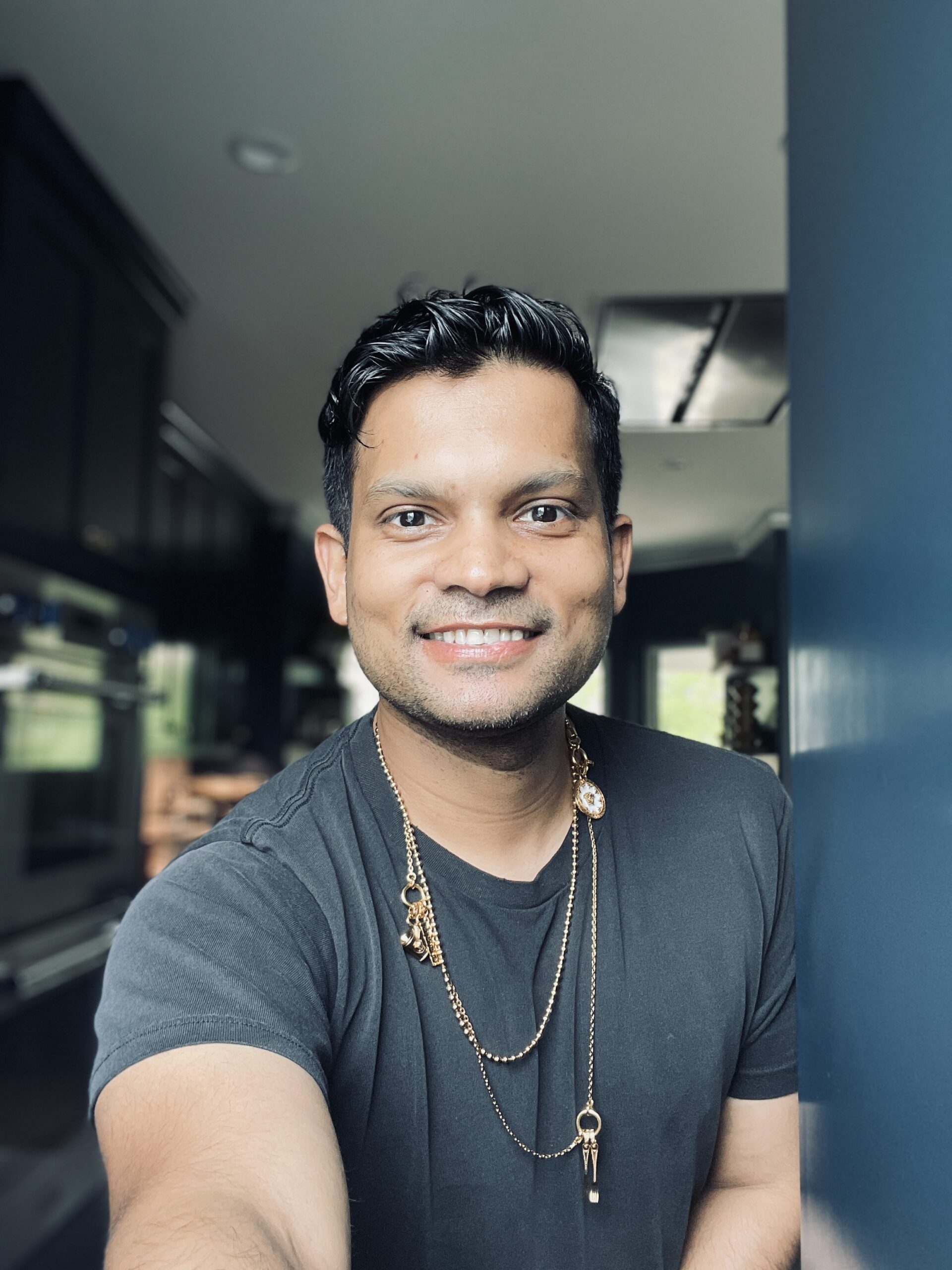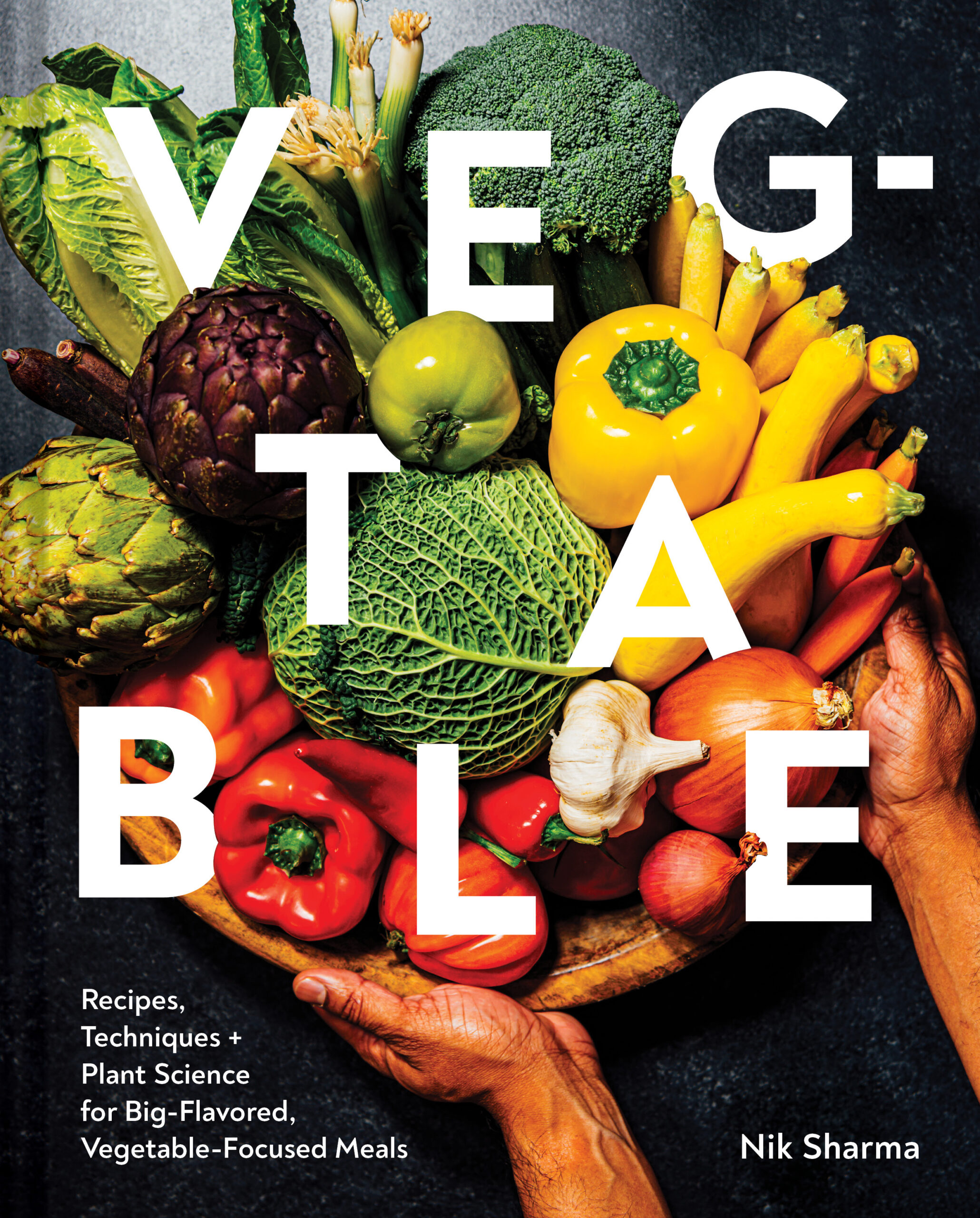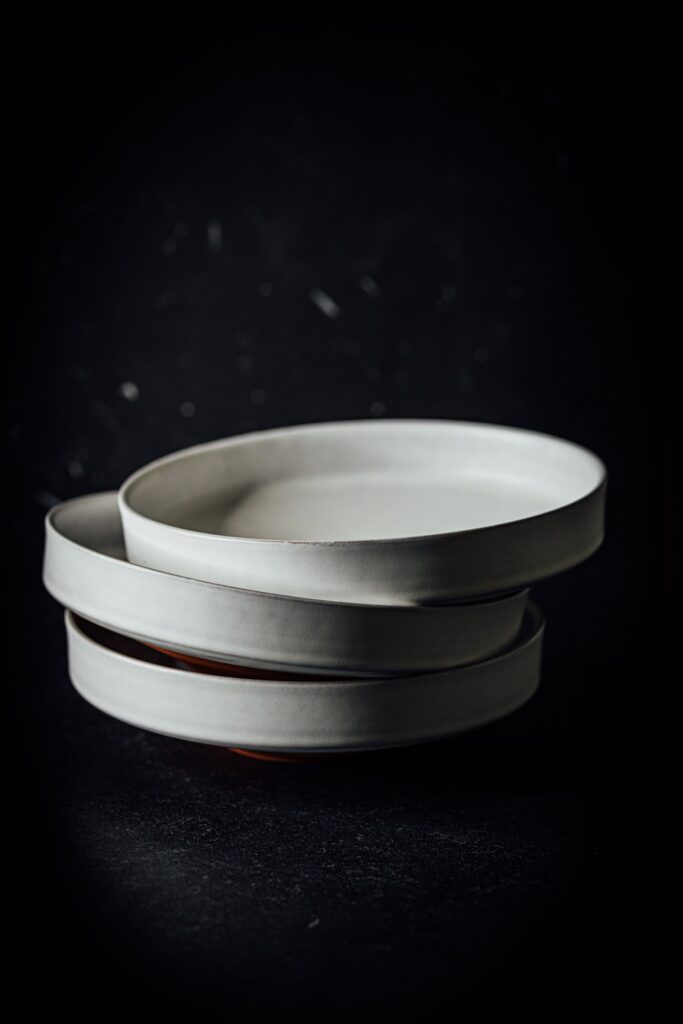Do I get anxious during cooking? Yes, I do. The assumption that since I’m a cook, I’d be free from stress during cooking is a little misleading, and I hope I don’t paint that image. Even though the kitchen is one of my favorite spots in the house and where I spend most of my time, I have my moments like most people. I am fallible and fail in the kitchen.
I recently joined writer Amanda Stern of the remarkably fabulous How to Live newsletter on Instagram Live, where we discussed our fears and anxieties during cooking. Until this week, I didn’t realize there was a medical term for fear of cooking in the kitchen – Mageirocophobia! With some practice, I think I’ll be able to pronounce it. (Talk about a word to describe a form of anxiety that can induce fear – Hippopotomonstrosesquippedaliophobia… yeah, try saying that!) Our conversation brought up a lot of interesting points that I want to address in this newsletter, including sources of kitchen anxiety and how we deal with them.
Cooking is an intuitive process that gets easier through repetition. As someone who learned to cook by reading, watching others, and working in pastry kitchens, I’ve improved my kitchen abilities by working through my mistakes. I hesitate to use the word “failure” because we are often taught to think of failure as a negative quality. I’ve begun to view failure differently; it’s an opportunity to learn and change. Depending on how you work with it, failure can lead to positive results, and honestly, all fears and failures are ripe with opportunity. I can make a pot of rice with ease, but the first time I tried to boil rice, I added too much water, and to dry it up, I stirred the rice too much; I broke the delicate long grains of basmati and turned it into a thick mushy mess. I then tried simmering it for a while, and the sticky mess stuck and burned to the base. It was a disaster of epic proportions, an Indian person that couldn’t make rice. After some practice and figuring out why this happened, I can now boil rice perfectly. My challenge was getting over that hurdle of fear of destroying rice. It took some time.
After talking with some of you and Amanda, I’ve learned that one of the most common sources of anxiety in the kitchen is the list of ingredients in a recipe, the potential time it might take to prepare something, and how closely to follow a recipe. Some other phobias include striving for perfection, kitchen hazards like fires, mandolines and knives, food poisoning, food textures, and so much more. Two of my biggest challenges in the kitchen came from cooking in a cluttered space and entertaining guests. What if the food tasted crappy? Would the food be warm and served right on time? Did I make enough food? Are the drinking glasses spotless? As you can see, I was an anxious mess.
I like to imagine that many of my fears are kinks I need to jump over at some point like a horse during race track training. The jump doesn’t need to be immediate, but I remind myself I need to do it in this lifetime; life’s too short to wait.
Here are some suggestions and ways I’ve used to work around my fears in the kitchen. Just a note, when it comes to testing recipes for work, my process is a little different. There’s a lot more research involved, and the recipes frequently do not work the first time. I spend a lot of time tweaking the recipe until I’m confident.
1. If I’m following someone else’s recipe, I read it at least once before proceeding. I’ll also compare the new formula to recipes in other cookbooks, or online sources that I know are reliable. It gives me a sense of gauging the quality of a recipe. There are exceptions to this; if a recipe is trying a new temperature or perhaps a new method, I’ll note that and try to figure out why unless it’s already mentioned in the headnote. This week, I made a cake from a book that listed too much fat, baking powder, and salt in the recipe; the cake rose too much and collapsed; I should have trusted my intuition because I knew that amount wasn’t right for those ratios. It was greasy and salty. This is one moment when cross-referencing would have helped me avoid a disaster.
2. The mise en place is a source of controversy. Since it’s just me at home testing recipes and doing the dishes, I rarely prepare a mise en place unless I think it will make a big difference to my speed. I don’t want to dirty that many words and spend my time cleaning, I wish I had a team behind me, but I don’t. I know a whole body of chefs adore the mise prep, but there are many recipes you can circumnavigate and avoid making a mise en place for. Pay attention to things that need to be warmed or chilled, like butter or eggs for a cake, or something that might take more time, like chopping; that’s what I focus on prepping before proceeding. Use your judgment here.
3. Clean up as you work. As you can already tell, I’m not too fond of washing dishes, and I don’t look forward to the mess that accumulates in the sink and kitchen counters as I cook. Keep the dishwasher door open and place all the stuff you use (ensure they’re dishwasher safe) in it. That way, you don’t need to think about that later.
4. I’m all about shortcuts. If you can make cookie dough or cake batter in a blender or food processor instead of a stand mixer, do it. If you can use one bowl to mix and prep everything, do it. If you need to use precut, frozen, or canned ingredients, it’s okay. Whatever makes your life easy. Recipes are written to give you as many options as possible when cooking and keep things separate, so there is confusion.
5. Make notes when necessary; I do this in my notebook and cookbooks I’m cooking out of. I’ve got pencils lying all around my kitchen. Any tweaks or interesting observations get jotted down. If I revisit a recipe, I’ll know what to watch out for.
6. When entertaining, cook dishes with methods that you are familiar with. A new recipe with a standard or familiar technique will be easier to achieve than a design you haven’t tried before. If you’ve got time, try making that recipe a week ahead to get a sense of the process.
7. This doesn’t bother me, but I have friends who don’t like it when people watch them cook or offer to help. If it makes you uncomfortable, set the situation up to avoid this. Depending on the available space and layout of your home, you might be able to serve appetizers in a different room of your home or space away from the kitchen. I’ve got a friend that serves food and drinks on her patio and another that sets up board games in the living room because their home has an open design. Make the space work for you, not the other way round.



